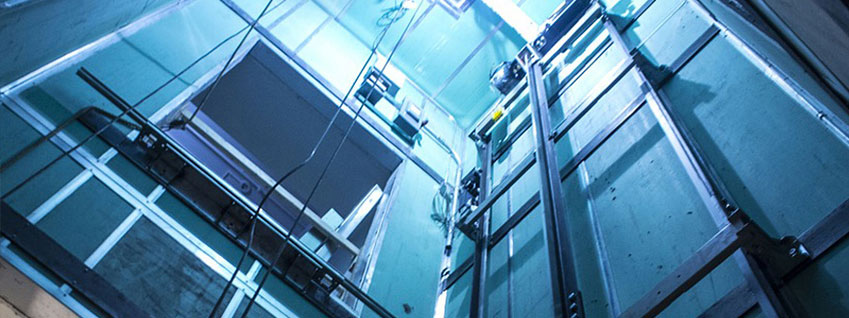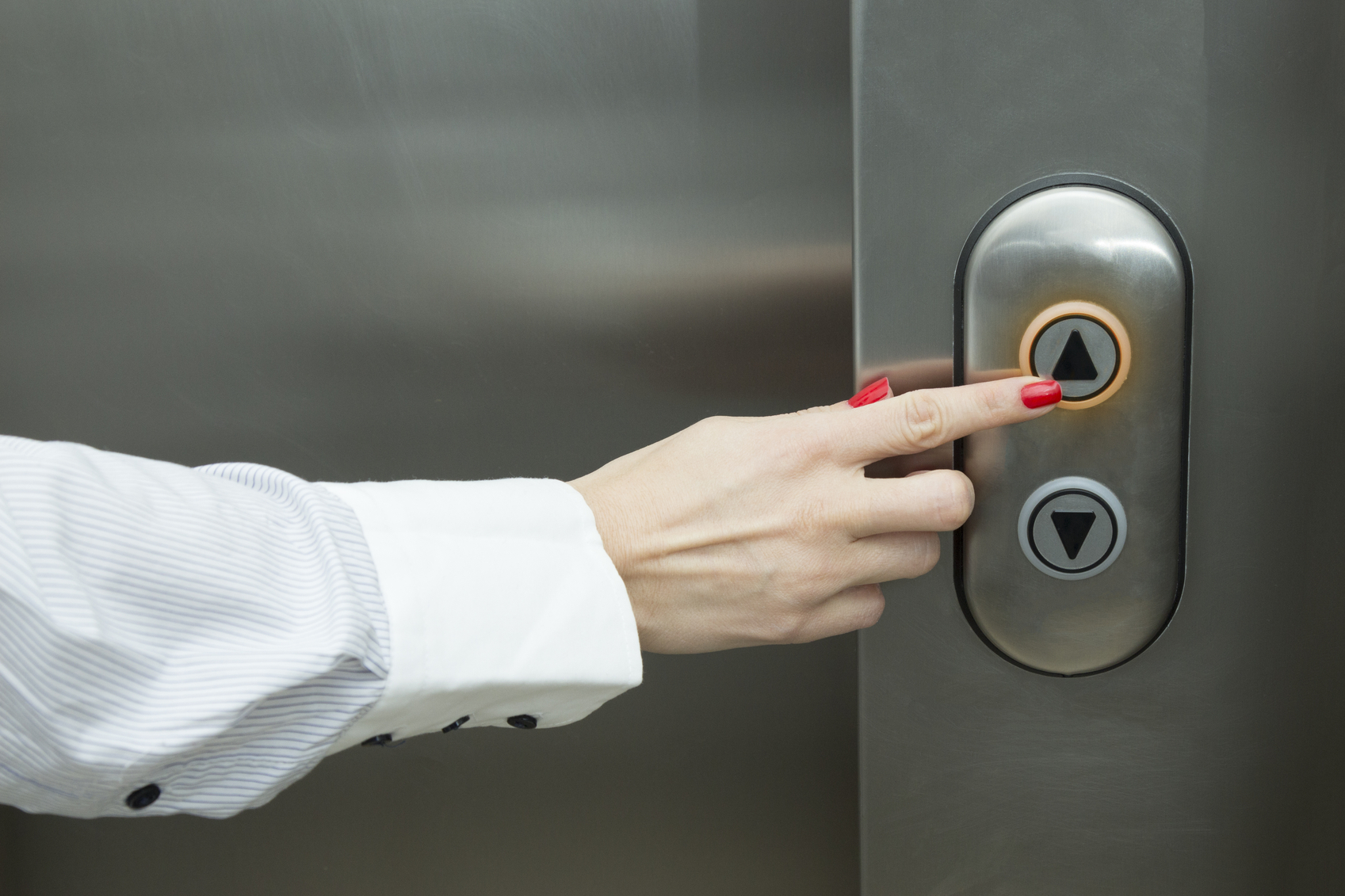Leading Lift Companies in London: Delivering Exceptional Service and Assistance
Leading Lift Companies in London: Delivering Exceptional Service and Assistance
Blog Article
Untangling the Complexities of Lift Innovation: Troubleshooting Common Troubles Throughout Lift Models
From slow operation concerns to strange sounds originating from the machinery, fixing typical issues across various lift versions requires a keen eye for detail and a systematic strategy. Remain tuned as we navigate through the maze of lift malfunctions, seeking remedies to the enigmatic troubles that can interrupt the smooth functioning of these indispensable devices.
Determining Slow Operation Issues

Next, check the electrical connections to ensure that all components are effectively connected and working. Defective electrical wiring or loosened connections can result in slow procedure or full breakdown of the lift system. Furthermore, it is necessary to check the control system to establish if the concern hinges on the shows or sensing units.
If the aesthetic assessment and electrical checks do not reveal the source of the slow operation, more analysis examinations may be necessary. These can consist of pressure tests for hydraulic systems, voltage examinations for electrical components, or running diagnostic software for the control system. repair and maintenance services. By adhering to a systematic strategy to fixing sluggish procedure problems, you can efficiently identify and resolve the trouble, guaranteeing the lift runs securely and efficiently
Dealing With Unusual Noises
To effectively repair lift innovation for unusual sounds, a detailed exam of the lift elements following the recognition of sluggish operation concerns is critical. Unusual sounds in lifts can be a sign of underlying problems that need punctual focus to ensure the safety and security and dependability of the system. Common sources of odd noises in lifts consist of worn-out or misaligned pulley-blocks, damaged electric motor bearings, busted or loosened suspension ropes, and malfunctioning control systems. When resolving unusual sounds, it is necessary to perform a methodical examination of these components to identify the precise reason for the noise precisely. This might entail checking for any type of noticeable indicators of damage, testing the performance of motor bearings, tightening up loosened links, and oiling moving components as required.
In addition, it is critical to describe the lift supplier's upkeep standards and seek support from qualified specialists when handling complex lift components or strange troubleshooting treatments. By immediately dealing with unusual noises and settling underlying issues, lift drivers can make sure the optimal efficiency and safety and security of the lift system for drivers and travelers.
Handling Faulty Control Problems
An effective approach for dealing with damaged control issues in lift technology includes performing a detailed evaluation of the control system's components and functionality. When running into issues with lift controls, it is crucial to very first look for any loose links, harmed electrical wiring, or malfunctioning sensors. Validating that all control buttons, displays, and keypads are working appropriately is additionally important in identifying the trouble properly.
If no visible problems are noticeable, technicians should continue to inspect the control board for any indications of water damages, getting too hot, or deterioration, as these can frequently cause manage breakdowns. Furthermore, resetting the control system or upgrading the software program may aid resolve specific problems or bugs triggering the trouble.

Tackling Hydraulic System Malfunctions
The performance of hydraulic systems in lifts depends find more information heavily on the appropriate functioning of numerous elements within the system. When hydraulic systems breakdown in lifts, it can result in functional disturbances and safety concerns. One typical issue is hydraulic fluid leak, which can happen due to damaged seals, loose links, or harmed cyndrical tubes. To tackle this trouble, service technicians need to carry out a comprehensive inspection to identify the source of the leakage and replace any malfunctioning elements without delay.
Additionally, abnormalities in hydraulic liquid degrees or uncommon noises throughout lift operation might indicate underlying system malfunctions that require instant attention to avoid more damage. Regular upkeep and timely troubleshooting of hydraulic system issues are essential to making sure the reliable and risk-free procedure of lift technology.
Taking Care Of Electric Component Failings
Addressing electrical element failures in lift modern technology necessitates a systematic technique to redirected here diagnosing and solving concerns to maintain functional performance and safety standards. When experiencing electrical troubles in lift systems, it is crucial to initial carry out a complete evaluation of the electric elements, including control board, wiring, sensors, and motherboard. Any indications of damage, corrosion, loosened links, or burnt components ought to be thoroughly kept in mind and dealt with immediately to prevent further issues.
When it comes to electric part failings, it is crucial to adhere to manufacturer guidelines for troubleshooting and original site repair treatments. This might include examining the parts utilizing multimeters, oscilloscopes, or other diagnostic devices to pinpoint the specific resource of the breakdown. Furthermore, having an extensive understanding of the lift's electric schematics and circuitry representations can aid in identifying and remedying issues successfully.
Regular upkeep and evaluation schedules can help protect against electric failings by spotting possible issues at an early stage. Correct training for lift service technicians on electric systems and parts is additionally vital to make certain accurate diagnosis and reliable resolution of electrical troubles, inevitably contributing to the total safety and reliability of lift procedures.
Conclusion
To conclude, repairing lift innovation needs an organized method to recognize and address typical problems such as slow procedure, strange noises, malfunctioning controls, hydraulic system breakdowns, and electrical element failings. By comprehending the complexities of lift modern technology and adhering to correct troubleshooting actions, technicians can efficiently resolve problems and make sure the effective and secure procedure of lifts across different designs.
To effectively repair lift modern technology for weird sounds, a complete assessment of the lift components adhering to the recognition of slow procedure problems is vital. Weird sounds in lifts can be a sign of underlying troubles that need timely focus to make certain the security and integrity of the system.A reliable strategy for resolving faulty control issues in lift technology entails performing a detailed analysis of the control system's components and capability.The efficiency of hydraulic systems in lifts relies greatly on the proper performance of numerous parts within the system. repair and maintenance services. When experiencing electrical issues in lift systems, it is important to first conduct a detailed evaluation of the electric elements, including control panels, electrical wiring, sensors, and circuit boards
Report this page